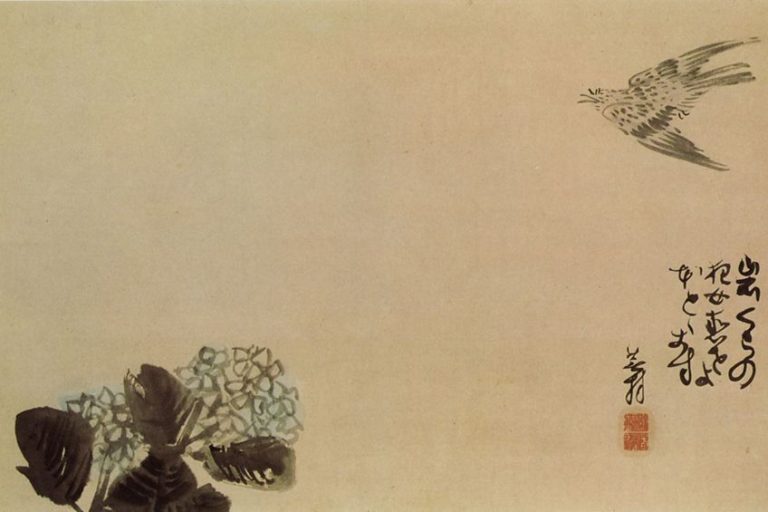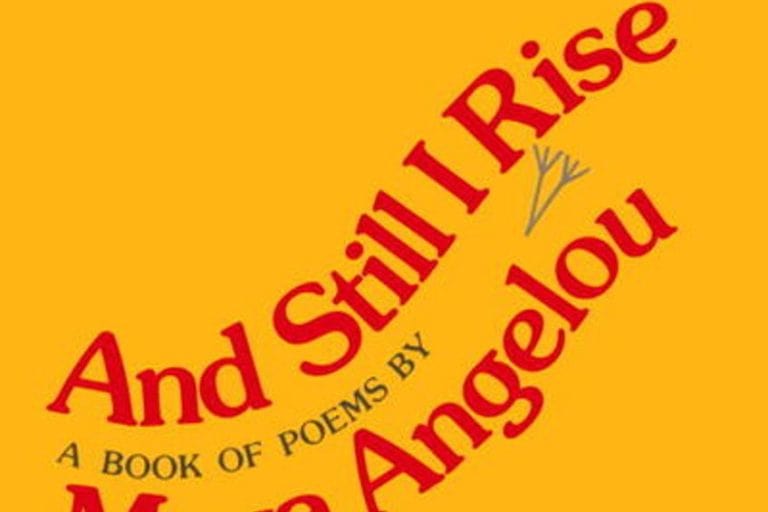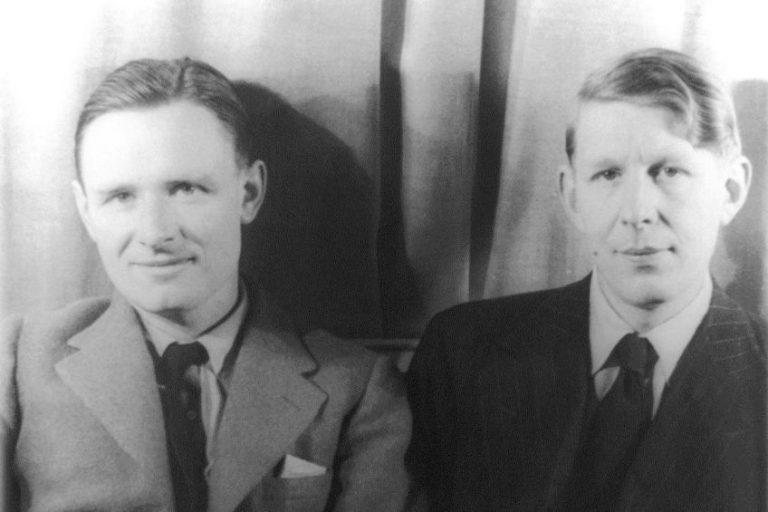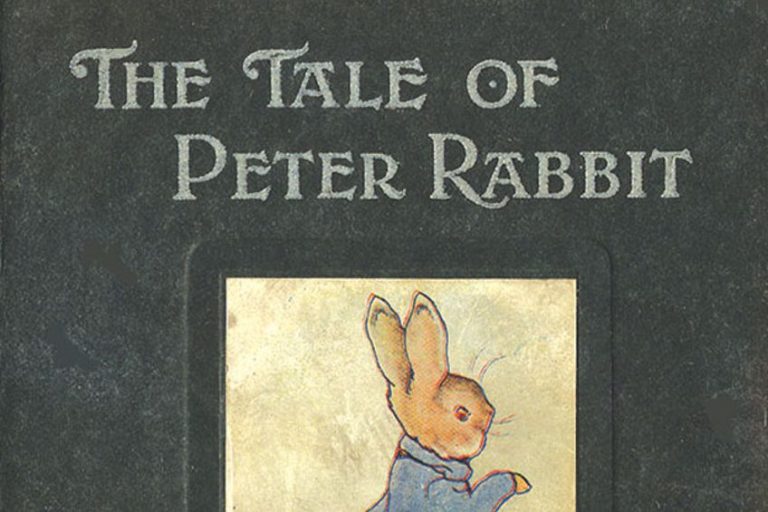Haibun – Journeying Through Prose and Poetry
Haibun, a traditional Japanese literary form, blends prose and haiku poetry to capture vivid moments of experience and contemplation. Originating in the 17th century as travel journals, Haibun has evolved into a versatile genre embraced by writers worldwide. Its structure juxtaposes concise prose narratives with evocative haiku, creating a rich tapestry of imagery and emotion. This article delves into the history, elements, and contemporary significance of Haibun, exploring how it continues to resonate with readers and writers alike.
Key Takeaways
- Haibun combines prose and haiku, originating from Japan and encompassing a variety of themes.
- This literary form has evolved from its historical roots to include modern interpretations and styles.
- The prose and haiku components of a haibun interact to enhance the depth and emotional impact of the piece.
What Is a Haibun?
Haibun is a unique literary form that hails from Japan, blending the elegance of prose with the precision of haiku. It represents more than just an artistic expression; it’s a fusion of observational power, poignant clarity, and the essence of a moment captured in a literary framework. This form traditionally includes a range of genres, from autobiography to travel journal, allowing for a diverse exploration of human experience. The structure of a haibun consists of a prose paragraph followed by a haiku that complements and adds depth to the prose.

The prose can set a scene, describe a moment, or tell a story, while the haiku, traditionally a three-line poem with a 5-7-5 syllable pattern, serves to underscore the emotions or themes and create a resonance between the two parts. With its historical origins in the work of 17th century Japanese poet Matsuo Bashō, the haibun has evolved to embrace both traditional and contemporary themes, making it a versatile and enduring form of poetry.
The prose in a Haibun is characterized by its concrete imagery and an immediacy that brings landscapes and experiences to life.
Despite its ancient origins, the Haibun remains a popular form for capturing the subtleties of both travel logs and personal reflection. The form encourages a sensory engagement with the world, and the Lilliputian haiku then distills the essence of that engagement—offering insight, a twist, or an unexpected juxtaposition.
Historical Context
The historical context of haibun poetry is deeply rooted in the rich tapestry of Japanese literary tradition, evolved through the influence of master poets and the cultural milieu of the Edo period.
Origins and Development
Haibun is a literary form that emerged in Japan, combining prose and haiku to create a hybrid genre. It was first recognized as a distinct form in the late 1600s. Matsuo Bashō, an iconic figure in Japanese poetry, played a crucial role in the development of haibun. In one of his letters in 1690, Bashō articulated the concept of haibun, marking its formal inception.
The structure typically involves an evocative, descriptive prose passage followed by a haiku that enhances the expressed scene.
Bashō’s seminal work, Oku no Hosomichi (The Narrow Road to the Deep North), is a defining example of haibun. It blends his travel diary with haiku, capturing the essence of his experiences and observations while traveling through the Japanese countryside. This piece set a precedent for haibun, establishing its style and thematic preoccupations.
Influential Haibun Poets
After Bashō, other Japanese poets continued to explore and expand the haibun form. Notably, Yosa Buson and Kobayashi Issa, both hailed as haiku masters, contributed significantly to the genre. Buson, who regarded Bashō as an inspiration, infused his haibun with a painterly quality reflective of his background as a visual artist. He often employed vivid imagery and a keen eye for natural beauty.
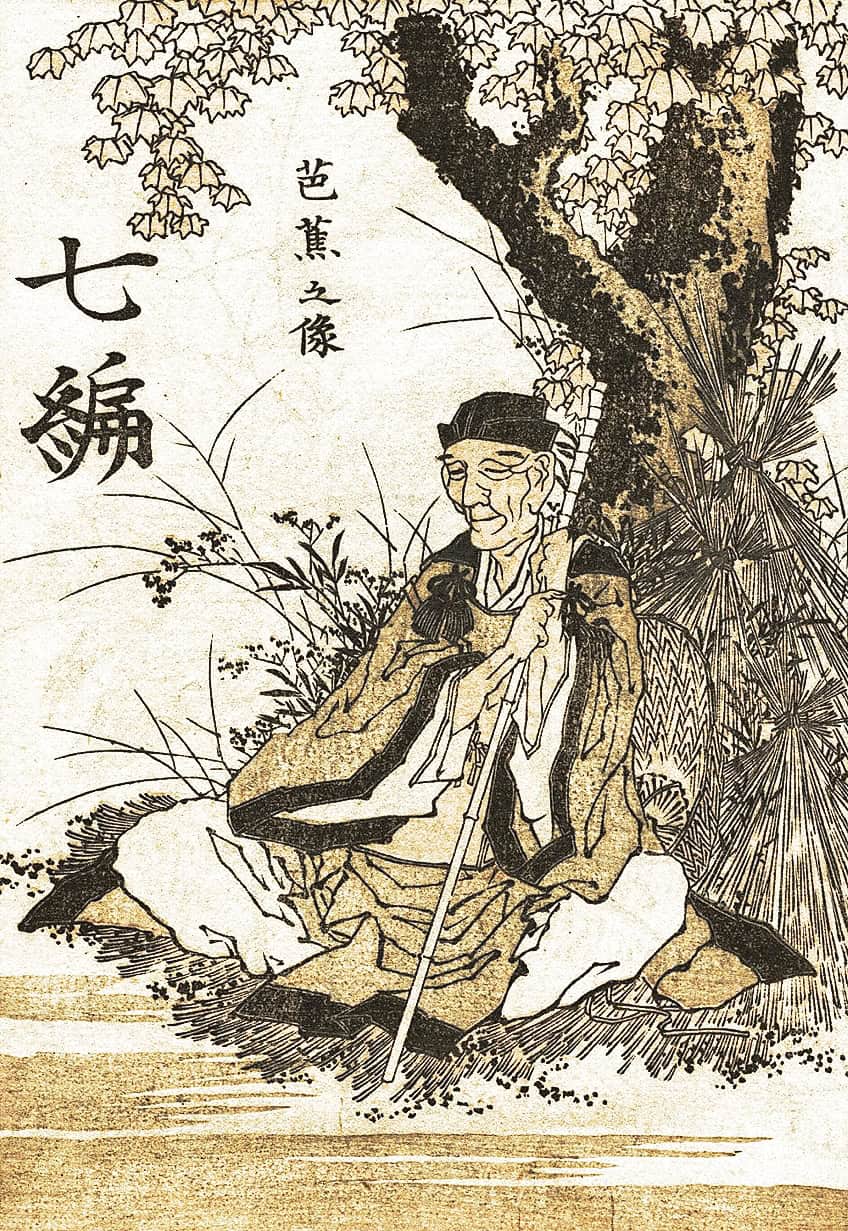
Issa, with his distinctively compassionate and humanistic approach to poetry, brought a different perspective to haibun. His works often highlighted the common folk and their emotions, portraying a sense of empathy in the narrative prose, which was then succinctly encapsulated in the accompanying haiku. These poets, crucially located within the Japanese Edo period, shaped haibun not just as a literary vehicle for expression but also as a reflection of the cultural and aesthetic values of their time.
Form and Structure
The Haibun is a unique poetic form that exhibits a seamless blend of prose and haiku. It is marked by a narrative rhythm and evocative imagery, often drawing upon natural settings.
Prose and Haiku Integration
In a Haibun, the prose component sets the narrative scene or explores an idea, leading to a climactic moment. It does so by employing descriptive language and sensory detail. This is followed by a haiku that functions to accentuate or juxtapose the prose narrative.
The integration is such that the haiku not only concludes the piece but enriches the meaning of the prose, often introducing an element of reflection or a new perspective.
Rhythmic Patterns and Imagery
The syllable count is crucial in the haiku portion of the Haibun, adhering to the traditional 5-7-5 pattern across three lines. The prose, free from such constraints, still flows with a rhythm that complements the haiku’s brevity. Imagery plays a vital role in both prose and haiku, with nature often serving as a backdrop and seasons acting as metaphors to underscore the narrative’s emotional climax.

Themes and Content
Haibun, a literary form that fuses prose with haiku, often explores themes that are grounded in the physical world and the inner realm of human experience.
Travel and Nature
Haibun frequently draws from travel journals and nature as principal themes. Writers use vivid, sensory-laden prose to document their journeys, capturing the essence of diverse landscapes and the nuances of their travels. The inclusion of haiku within the narrative heightens the sense of place and moment, providing a poetic reflection on the scenes described.

Exploration of Culture
The prose component of a haibun can serve as a vessel for the exploration of culture, allowing the writer to engage with and reflect on various cultural experiences. The exploration is often presented in the form of a diary or narrative that dissects cultural practices, traditions, and the impact they have on an individual’s understanding of the world.
Philosophical Reflections
Philosophical musings are a cornerstone in haibun. The prose seeks to convey an epiphany or an acute awareness of the human condition. Philosophical reflections encourage readers to contemplate existence, often culminating in a haiku that serves as a crystallized form of the writer’s insight.
This synthesis captures fleeting moments of realization, providing depth and resonance to the overall narrative.
Notable Haibun Examples
Haibun, a Japanese literary form, masterfully blends prose with haiku. Matsuo Bashō, a pioneer of the form, has left an indelible mark with his travel diaries, where each diary entry is followed by a haiku. One of the most celebrated examples is The Narrow Road to the Interior where Bashō merges evocative prose with the succinctness of haiku to capture the essence of his journey through the Edo period Japan. Another exemplary haibun is The Records of a Travel-worn Satchel, where Basho’s reflective prose sets the scene for the haiku, offering deep insights into the human experience and the natural world.

A more modern Haibun example is Time Traveler’s Haibun, written in 1989. The haibun form continues to inspire modern poets, who find creative ways to interweave personal narratives with haiku. This form allows the poet to tell a story, provide intricate details, and then distill a moment into the structured brevity of haiku. While the form is flexible, the unity between the prose and haiku is imperative for the depth and resonance of the overall piece.
Contemporary Practice and Variations
The evolution of haibun in contemporary literature displays a diversification of form and an embrace of cross-genre experimentation, reflecting the dynamic nature of this prosimetric literary form.
Haibun in Modern Literature
Contemporary haibun has expanded beyond its traditional boundaries, often exhibiting a blend of imagery and narrative in a concise, poetic style. Notable figures like David Cobb, a pioneer in English-language haibun, and Jim Kacian, an influential haibun poet, have contributed to the growth of the form. Current practice sees authors like Ken Jones and Bruce Ross further developing the genre, navigating between the personal and the observational in their prose, complemented by haiku that deepens the resonance of the text.
Nikki is a notable example of a character illustration within this form, integrating elements of narration to illuminate human experiences.
Cross-Genre Experimentation
The modern haibun is a fertile ground for literary exploration, with creators like Mark Nowak and Eve Kosofsky Sedgwick delving into the intersection of haibun with other genres and thematic concerns. This approach often results in works that challenge conventional boundaries, including the incorporation of queer narratives and perspectives. Cross-genre experimentation is not only about merging different literary forms but also about enriching haibun with a variety of thematic preoccupations and cultural influences, thus maintaining its relevance in an evolving literary landscape.

The Haibun stands as a testament to the enduring power of blending prose and poetry, offering readers a unique and immersive literary experience. Its ability to capture fleeting moments with depth and beauty has made it a cherished form in the literary landscape. As writers continue to experiment with its structure and themes, the Haibun remains a vibrant and relevant genre, bridging cultures and emotions through the artful fusion of words and imagery.
Frequently Asked Questions
What Defines a Traditional Haibun in Literature?
A traditional haibun in literature combines prose and haiku. This form was popularized by Japanese poet Matsuo Basho. The prose element is typically a descriptive narrative, illustrating scenes, experiences, or journeys, while the haiku encapsulates a moment of reflection or insight, linked thematically to the prose.
What Are Some Characteristics of Contemporary Haibun Poetry?
Contemporary haibun poetry retains the essence of its traditional roots while embracing modern themes and styles. It may exhibit a broader range of subjects and often reflects personal thoughts and emotions. The interaction between prose and haiku remains central, fostering a resonant experience that reflects the complexity of modern life.
Can You Outline the Basic Structure of a Haibun?
The structure of a haibun consists of a prose section followed by one or more haiku. The prose is typically concise, employing vivid imagery and emotional depth. The haiku, though brief, complements the prose with its syllabic pattern of 5-7-5, encapsulating an ephemeral moment that resonates with the prose narrative.
What Role Does Prose and Haiku Play in a Haibun?
In a haibun, the prose provides a vivid and descriptive narrative, setting the scene or detailing a personal experience. The haiku that follows, serves as a distilled reflection of the prose, creating a dialogue between the two forms. Each element enhances the other, with the haiku bringing depth and a poetic twist to the prose narrative.
Isabella studied at the University of Cape Town in South Africa and graduated with a Bachelor of Arts majoring in English Literature & Language and Psychology. Throughout her undergraduate years, she took Art History as an additional subject and absolutely loved it. Building on from her art history knowledge that began in high school, art has always been a particular area of fascination for her. From learning about artworks previously unknown to her, or sharpening her existing understanding of specific works, the ability to continue learning within this interesting sphere excites her greatly.
Her focal points of interest in art history encompass profiling specific artists and art movements, as it is these areas where she is able to really dig deep into the rich narrative of the art world. Additionally, she particularly enjoys exploring the different artistic styles of the 20th century, as well as the important impact that female artists have had on the development of art history.
Learn more about Isabella Meyer and the Art in Context Team.
Cite this Article
Isabella, Meyer, “Haibun – Journeying Through Prose and Poetry.” Art in Context. May 27, 2024. URL: https://artincontext.org/haibun/
Meyer, I. (2024, 27 May). Haibun – Journeying Through Prose and Poetry. Art in Context. https://artincontext.org/haibun/
Meyer, Isabella. “Haibun – Journeying Through Prose and Poetry.” Art in Context, May 27, 2024. https://artincontext.org/haibun/.





